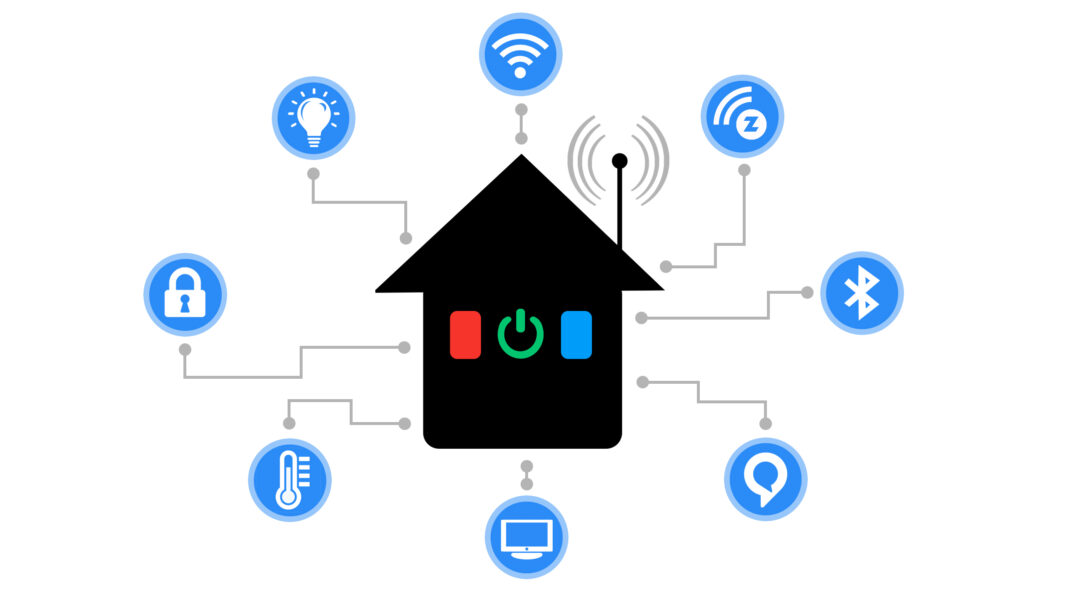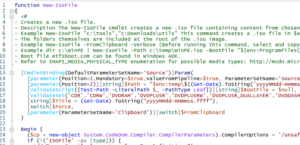
In today’s interconnected digital landscape, safeguarding sensitive information and protecting against cyber threats are paramount for organisations of all sizes. As cyberattacks continue to evolve in sophistication and frequency, it’s crucial to adopt robust cybersecurity measures to mitigate risks effectively. One such framework that has gained prominence is the Australian Cyber Security Centre (ACSC) Essential 8 Security Framework.
Understanding the ACSC Essential 8 Security Framework
The ACSC Essential 8 Security Framework is a comprehensive guide developed by the Australian government to help organisations bolster their cybersecurity posture and mitigate common cyber threats. It consists of eight essential strategies that serve as a roadmap for organisations to enhance their resilience against cyberattacks:
- Application Whitelisting: Implementing application whitelisting helps prevent unauthorised or malicious software from executing on systems, reducing the risk of malware infections and unauthorised access.
- Patching Applications: Regularly patching applications and operating systems helps address known vulnerabilities and ensures systems are up-to-date with the latest security patches, minimising the risk of exploitation by threat actors.
- Configuring Microsoft Office Macro Settings: Configuring Microsoft Office macro settings helps mitigate the risk of macro-based malware attacks by controlling the execution of macros in Office documents.
- User Application Hardening: Harden user applications by configuring settings to reduce the attack surface and limit the impact of potential security breaches, enhancing the overall security posture of the organisation.
- Restricting Administrative Privileges: Limiting administrative privileges helps prevent unauthorised access and privilege escalation, reducing the likelihood of malicious actors gaining control over critical systems and resources.
- Patch Operating Systems: Similar to patching applications, keeping operating systems up-to-date with the latest security patches helps address vulnerabilities and strengthens the security of IT infrastructure.
- Multi-factor Authentication (MFA): Enabling multi-factor authentication adds an extra layer of security by requiring users to provide multiple forms of authentication, such as passwords and biometrics, before accessing sensitive systems or data.
- Daily Backup of Important Data: Regularly backing up important data ensures organisations can recover quickly in the event of a cyber incident, such as ransomware attacks or data breaches, minimising downtime and data loss.
Implementing Strategies for Cyber Resilience
While the ACSC Essential 8 Security Framework provides a solid foundation for cybersecurity, organizations must also implement additional strategies to enhance their cyber resilience. Here are some key strategies to consider:
- Cybersecurity Awareness Training: Educate employees about cybersecurity best practices, such as identifying phishing emails, using strong passwords, and reporting suspicious activities. A well-informed workforce is a crucial line of defense against cyber threats.
- Continuous Monitoring and Threat Detection: Implement robust monitoring solutions to detect and respond to security incidents in real-time. Automated threat detection tools can help identify and mitigate threats before they escalate into major breaches.
- Incident Response Planning: Develop and regularly test incident response plans to ensure a swift and effective response to cyber incidents. Having clear procedures in place can help minimize the impact of security breaches and facilitate recovery efforts.
- Regular Security Audits and Assessments: Conduct periodic security audits and assessments to identify vulnerabilities and gaps in your cybersecurity defenses. Regular assessments help organizations stay proactive in addressing emerging threats and improving their security posture.
- Collaboration and Information Sharing: Engage with industry peers, government agencies, and cybersecurity organizations to share threat intelligence and best practices. Collaboration strengthens collective defenses and helps organizations stay ahead of evolving cyber threats.
Conclusion
In an era marked by increasingly sophisticated cyber threats, organisations must prioritise cybersecurity and adopt proactive measures to safeguard their digital assets and operations. By embracing frameworks like the ACSC Essential 8 Security Framework and implementing comprehensive cybersecurity strategies, organisations can enhance their resilience and better defend against cyber threats in today’s dynamic threat landscape.


